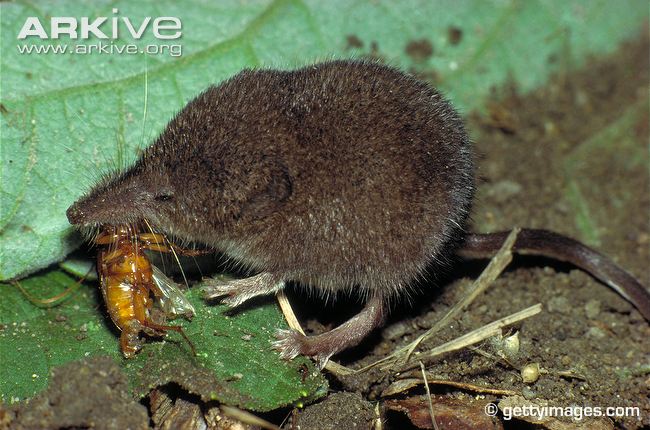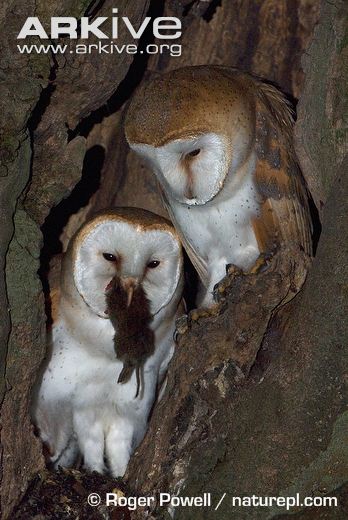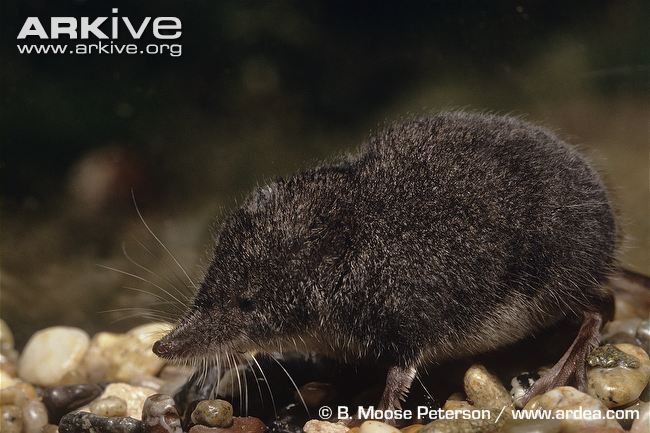Interactions
Sorex pacificus, eats a variety of different types of
food, but it is known as for being an insectivore, which means that
it survives by eating insects (Carraway 1985). Commonly eaten
insects include
earthworms, various beetle species, and flying
insects including moths and bees. In addition to insects, it enjoys
eating fungi, flower parts, and douglas fir seeds (Carraway 1985). A
meticulously in-depth study by John Whitaker and Chris Maser
examines the intestines of five western oregon shrews and the exact
species of insects that are most commonly ingested by the Pacific
shrew, which can be viewed
here.

As a member of the shrew family, the Pacific shrew has one of the
highest metabolic rates of any animal that exists today (Gillihan
and Foresman 2013). This species consumes up to three times its body
weight in 24 hours (Schmidt 1994) due to the fact that they have a
large surface area to volume ratio, which causes them to lose much
more heat than other mammals (Merrick 2013). The boreal habitat that
these shrews live in necessitate that they eat every three to four
hours to avoid starving because much of the energy they acquire is
lost as body heat (Schmidt 1994).
Having a high
metabolic rate forces Sorex pacificus to be an efficient hunter and
influences its eating behaviors. Although the Pacific shrew has poor
eyesight, it has evolved hearing, smell, and touch senses that are
sufficient for finding more than enough prey items (Carraway 1985).
Echolocation is an additional sense utilized, but appears to mostly
be for exploring the environment than for hunting prey (Schmidt
1994). To ensure a continuous supply of food, Sorex pacificus has
been observed storing excess food near its nest (Verts and Carraway
1998).
All of this
time spent searching for food unfortunately exposes it to predation
from many different organisms. The most common predator of the
Pacific shrew is owls, some of which include
barn owls, barred owls,
great gray owls, and northern pygmy owls, but it is also consumed by
large mammals like
bobcats. (Gillihan and Foresman 2004). Sorex pacificus is killed by many more predators, but most of them do
not consume the shrew due to the foul odor and taste emitted from
the glands located on its rear end (Schmidt 1994). In addition to
predatory interactions, parasites are common throughout the year for
the Pacific shrew. Most of the parasitic infections occur during the
summer and include infections by the intestinal fluke,
tapeworms,
and
fleas (Gillihan and Foresman 2004).
pacificus is killed by many more predators, but most of them do
not consume the shrew due to the foul odor and taste emitted from
the glands located on its rear end (Schmidt 1994). In addition to
predatory interactions, parasites are common throughout the year for
the Pacific shrew. Most of the parasitic infections occur during the
summer and include infections by the intestinal fluke,
tapeworms,
and
fleas (Gillihan and Foresman 2004).
Unlike
mice,
members of the shrew family are generally considered to be
beneficial, or at least not harmful, to humans. It has been noted
that due to the voracious appetites of shrews, they can be used to
control insect populations in areas where crop damage due to insects
is common (Churchfield 1990). Despite this helpful feature,
Sorex pacificus will occasionally eat
Douglas-fir seeds, which
can damage tree crops and forests. In addition, shrews will defend
themselves if cornered, even if it means they need to attack pets or
even people (Schmidt 1994).
Go Home
Move on to References
